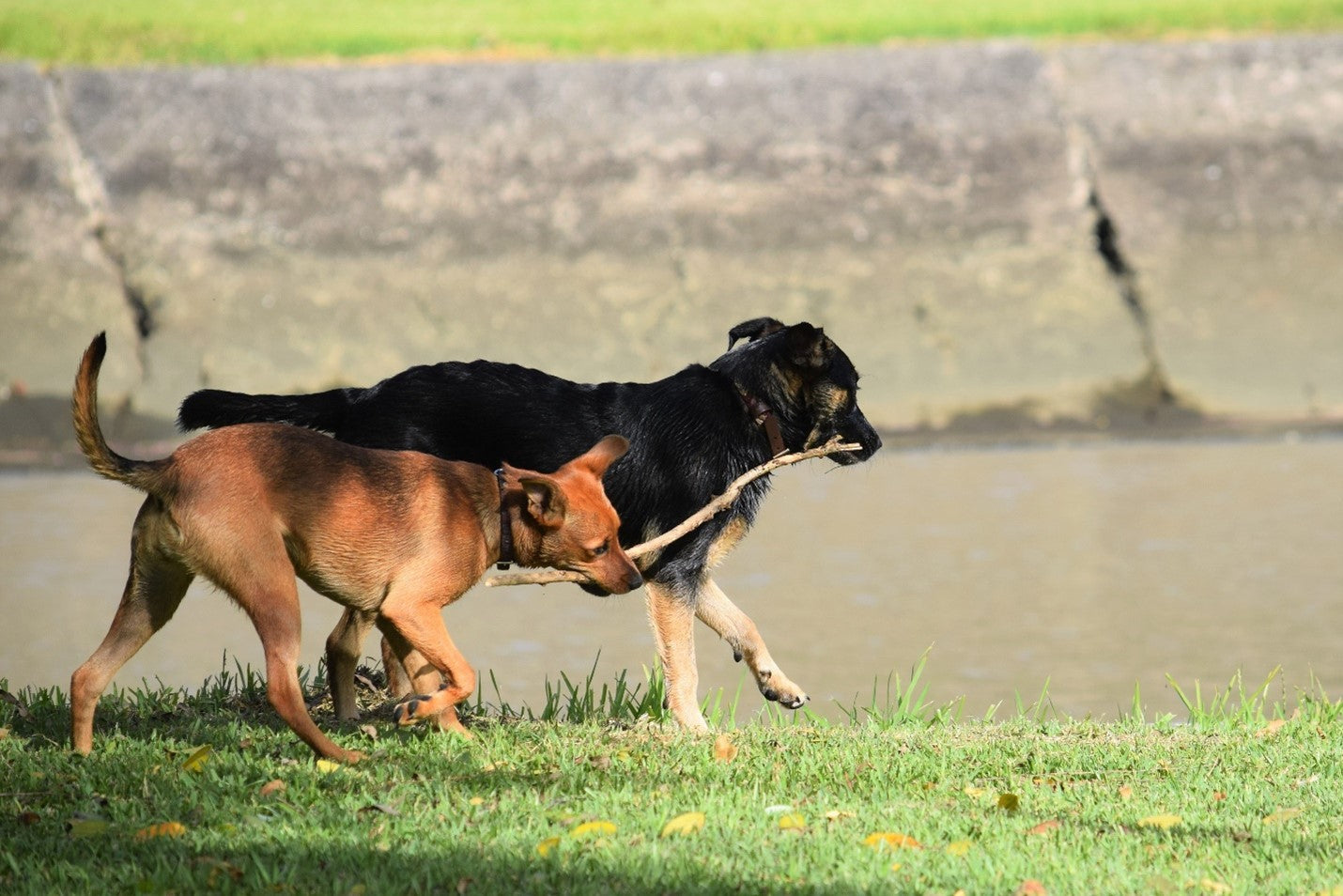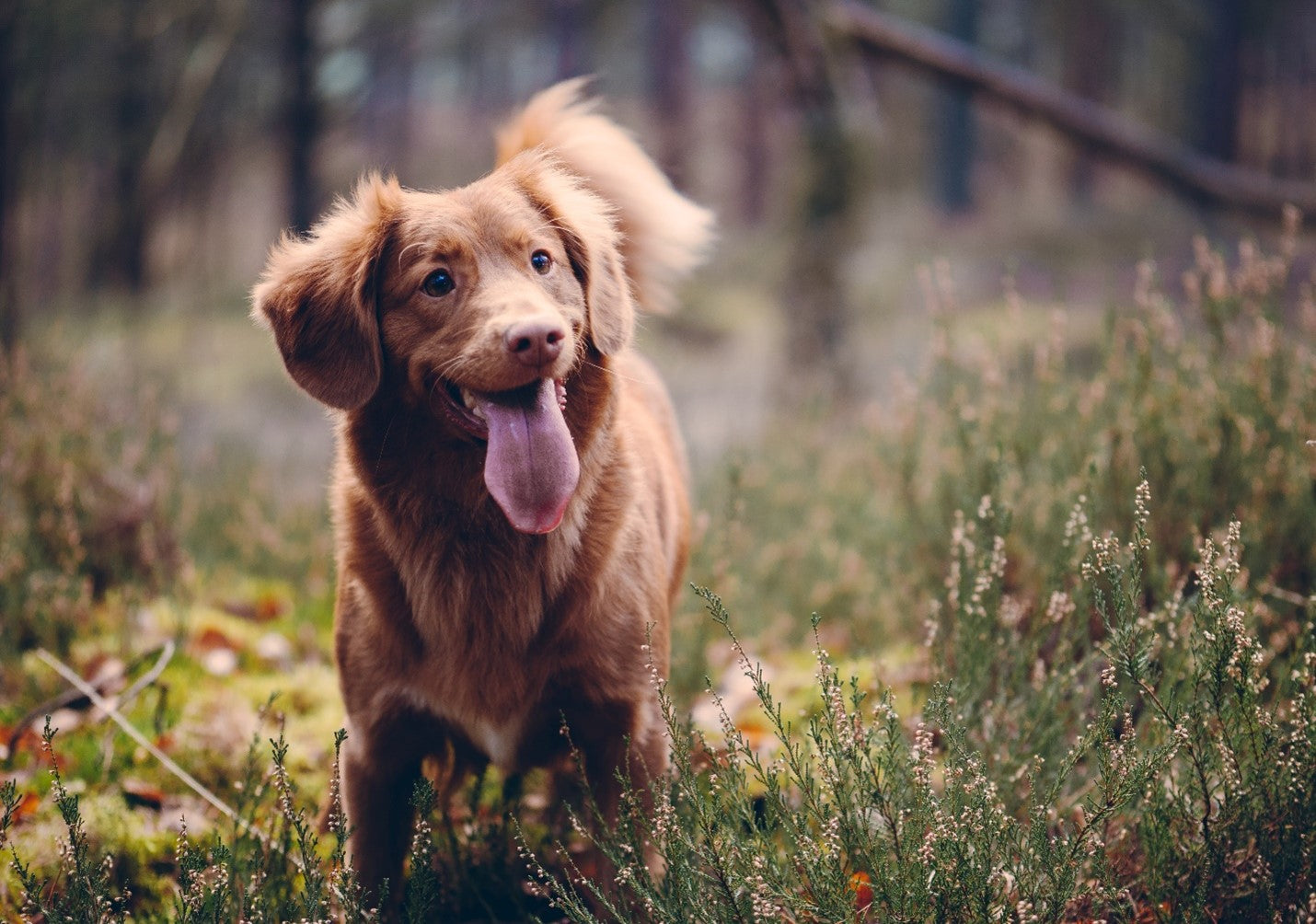Have you noticed any changes in your dog's vision recently? As a pet owner, it is important to be aware of progressive retinal atrophy (PRA) so that you can recognize signs early on and make sure your pup gets appropriate treatment as soon as possible. In this blog post, we will explore what progressive retinal atrophy means for your dog and how it can be managed effectively with timely medical intervention.
What is Progressive Retinal Atrophy?
Progressive Retinal Atrophy (PRA) is an inherited eye disease which causes deterioration of photoreceptor cells in the retina of the eye and irreversible vision loss over time. There are two main types of PRA recognized in dogs, early onset and late onset. While both forms of retinal degeneration in dogs can be categorized as progressive retinal atrophy (PRA), the two are distinct. Early onset PRA, also known as "retinal dysplasia," is generally discovered shortly after puppies reach 2 to 3 months old; its later counterpart typically shows up between ages 3 and 9. While PRA cannot be reversed or cured, there are strategies available to help slow the progression of the disease.
What Are the Symptoms?
The most common symptom of PRA is night blindness, which is when your dog has difficulty seeing in low light conditions or complete darkness. Other signs include dilated pupils, cloudiness in the eyes, cloudy corneas, a decrease in pupillary response (when your dog’s pupil does not respond normally when exposed to light), and abnormal eye movements. The dog may be hesitant to enter dark rooms, bump into things in low light or simply show signs of fear. If you notice any of these symptoms in your dog, you should take them to a vet as soon as possible for diagnosis and treatment options.
Caring For Your Dog with Progressive Retinal Atrophy
There is no cure for PRA but there are strategies available that can help slow down the progression of the disease and improve your pet’s quality of life. Start out by providing your furry friend with a healthy diet like Holistic Health Extension® Salmon Recipe with whole vegetables & berries, to ensure that they are getting plenty of Omega-3 fatty acids. Adding Health Extension® Advanced Immunity Vitamins will help ensure that your pup gets the required vitamins and minerals for a happy healthy life!
Veterinarians can prescribe medications to help slow progression as well, so regular vet checkups are important to monitor any changes in vision or other symptoms associated with PRA. Additionally, providing plenty of mental stimulation through activities such as games or puzzles can help keep your pet’s mind active while also helping them adjust to life with decreased vision or blindness.
As a pet parent it's important to stay vigilant when it comes to monitoring your pup's health - if you notice any changes in their eyesight or other behavior associated with PRA then make sure you take them into see a vet right away! With proper management and care, your dog will still be able to live a full life even though they may eventually go blind from this disorder over time!!



